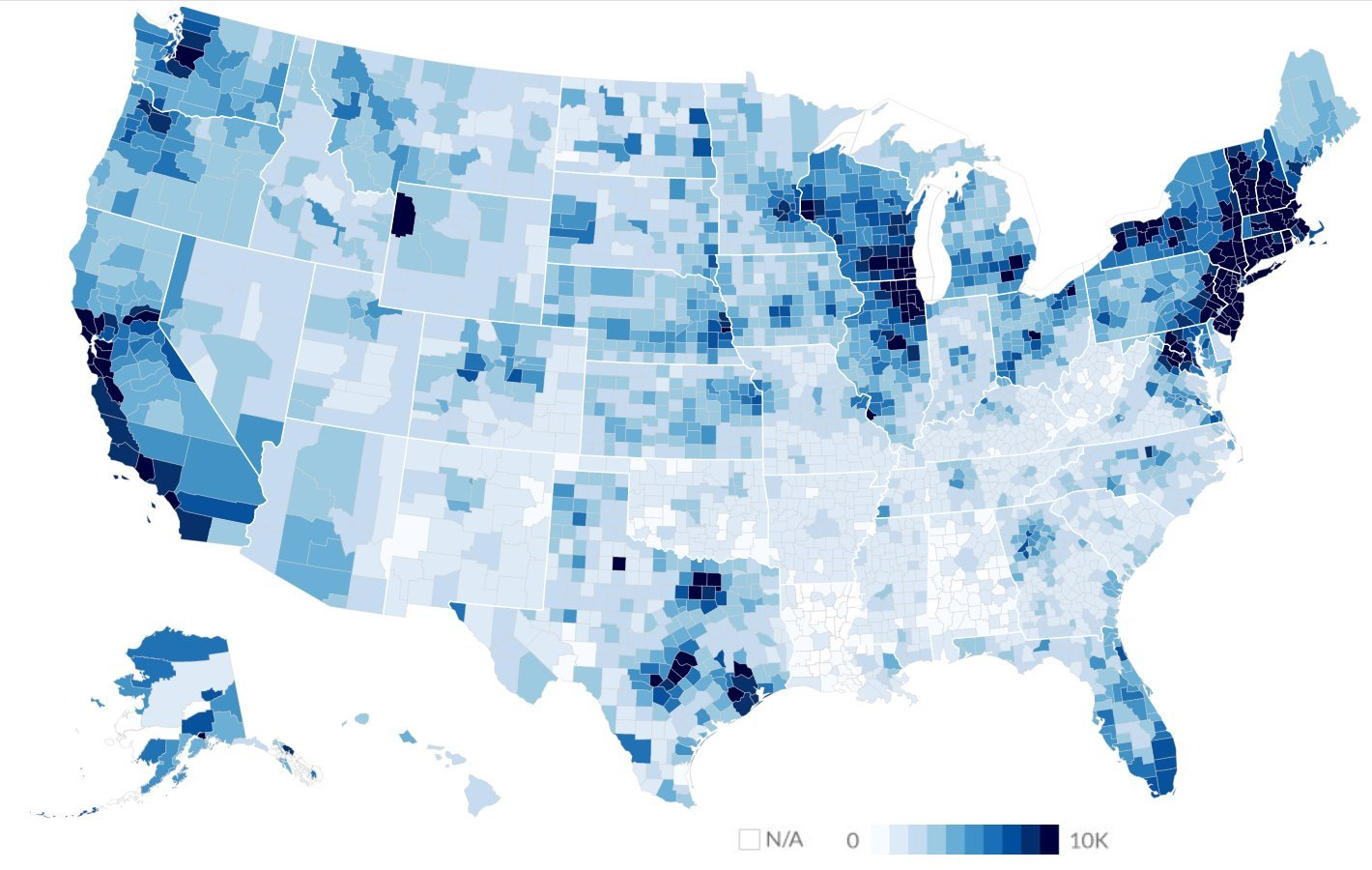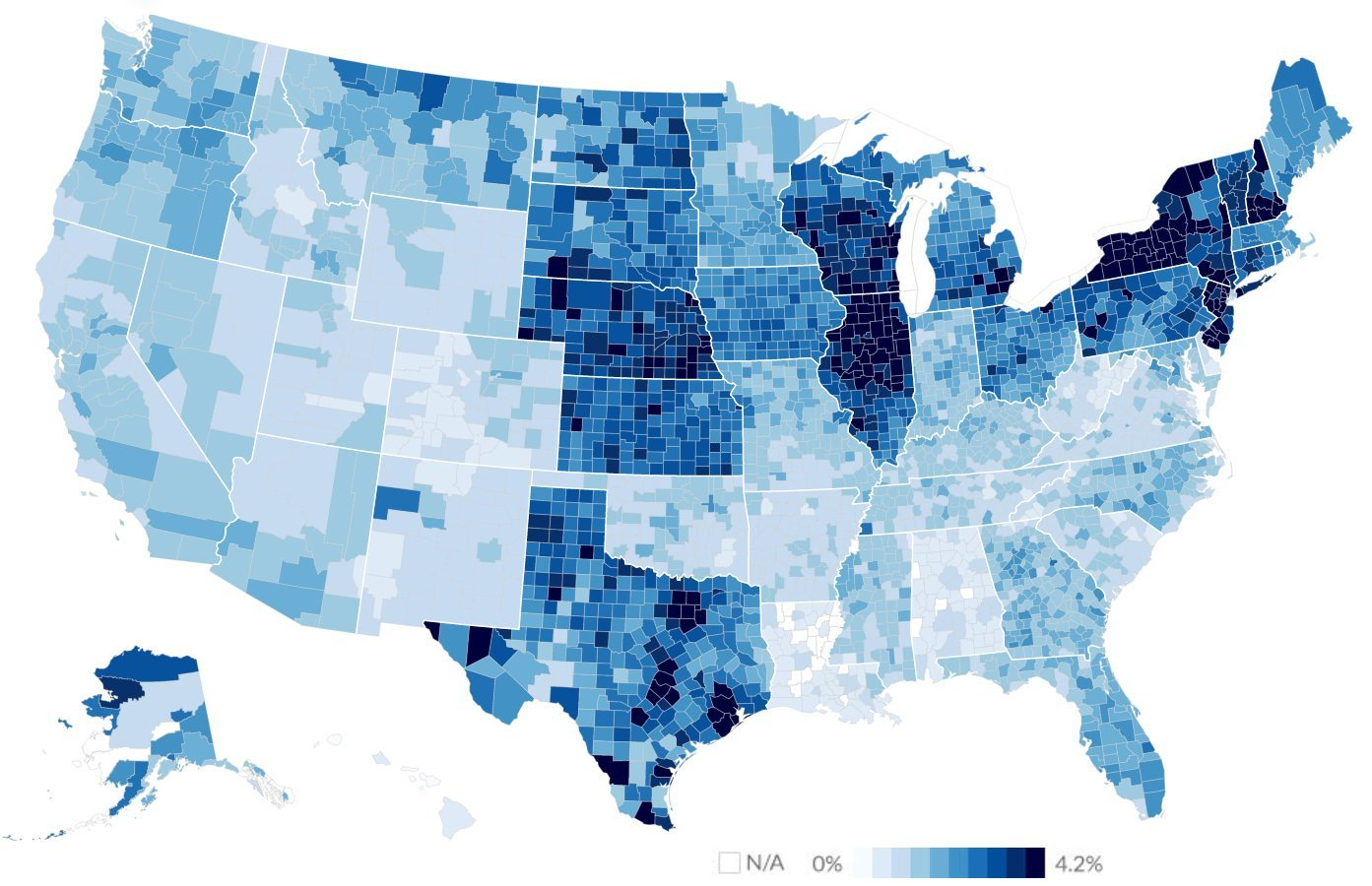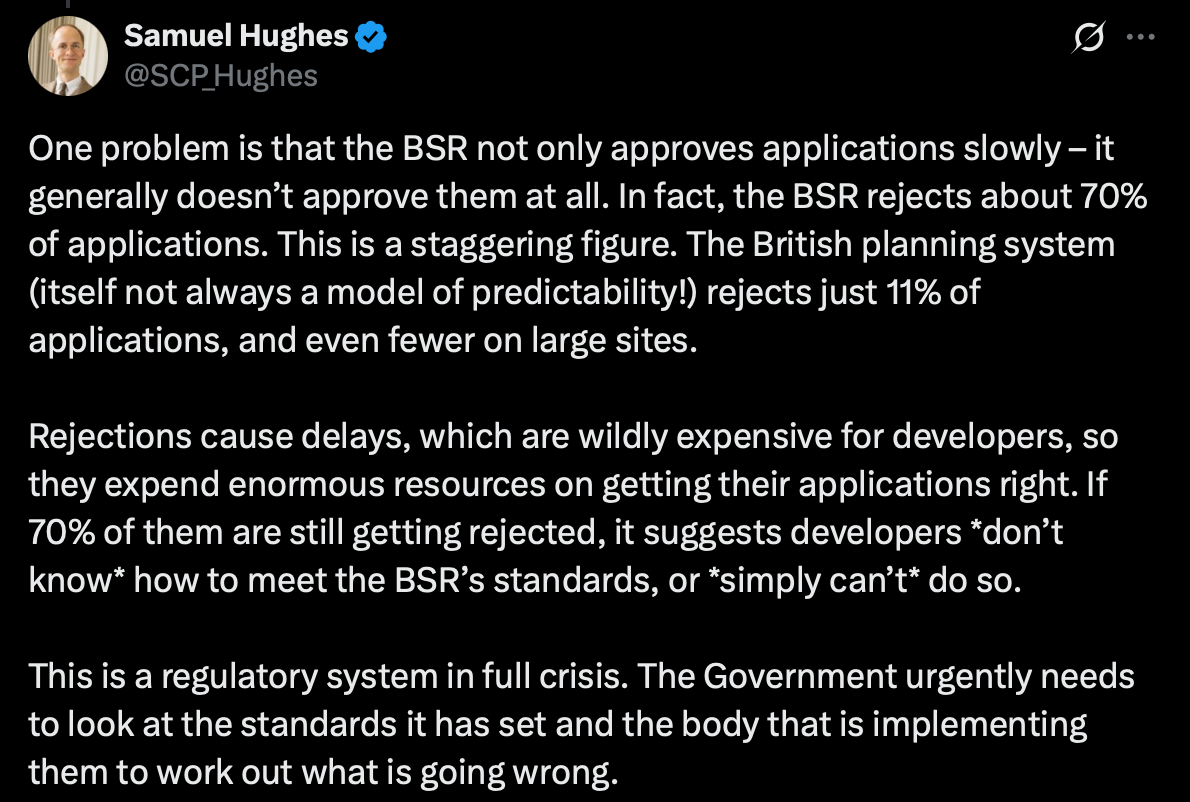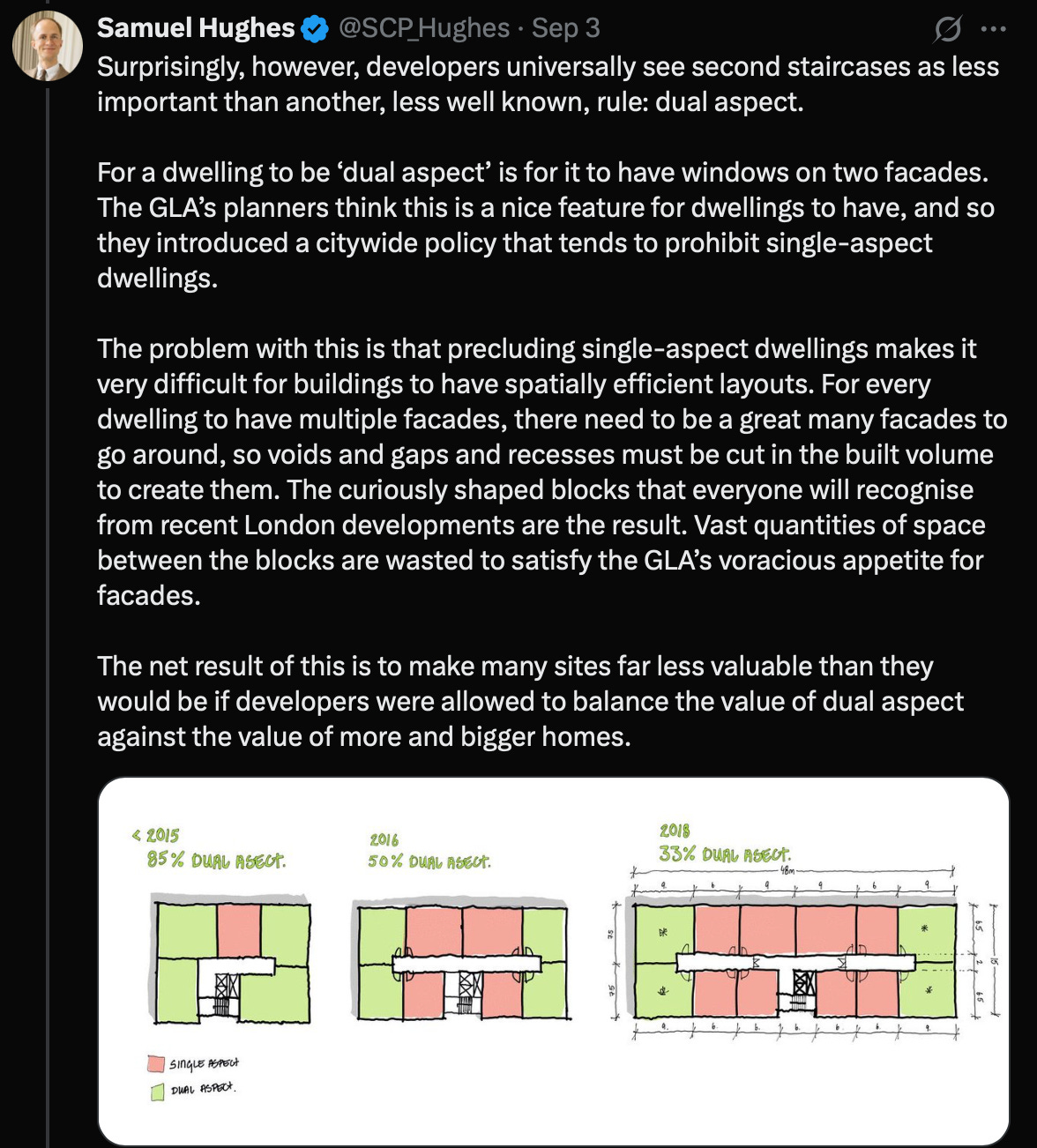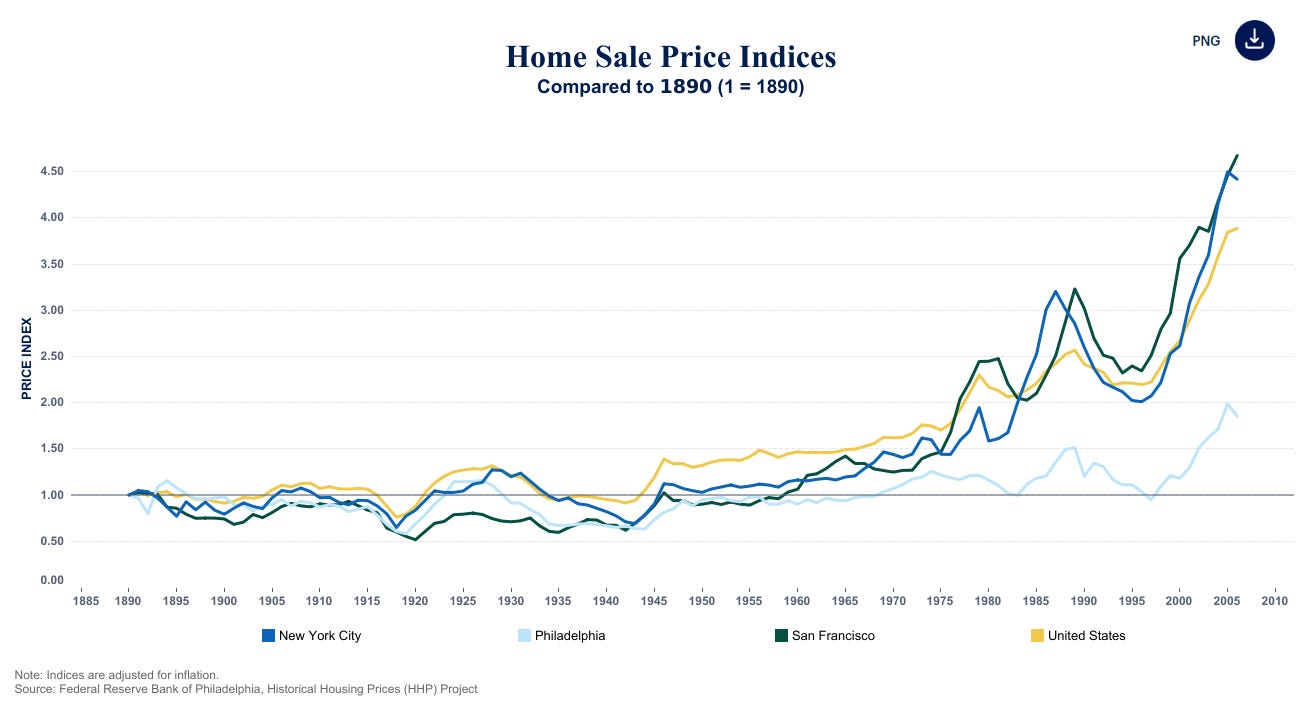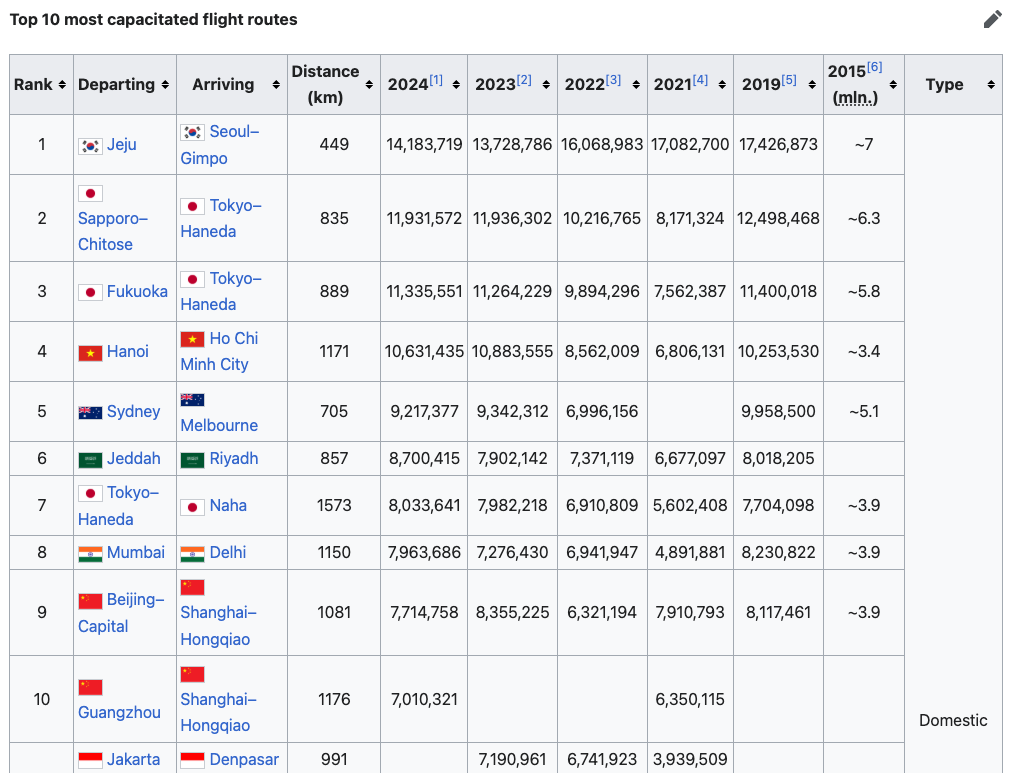Reading List 09/06/2025
London homebuilding, historical home prices, a humanoid robot loading a dishwasher, France’s history of nuclear reactor construction, and more.

Welcome to the reading list, a weekly roundup of news and links related to buildings, infrastructure, and industrial technology. This week we look at London homebuilding, historical home prices, a humanoid robot loading a dishwasher, France’s history of nuclear reactor construction, and more. Roughly 2/3rds of the reading list is paywalled, so for full access become a paid subscriber.
Some housekeeping items this week:
The release date for the book has been pushed from September 23rd to October 14th, due to a shipping delay in Belgium.
The first chapter of the book is being previewed on Readwise.
No essay this week, but I’m finishing up a (very long) piece about the Manhattan Project that will be out next week.
Lars Doucet on property taxes
Recently the idea that property taxes should be abolished seems to be gaining currency among conservatives. On substack, Lars Doucet of the Center for Land Economics has a good post on why this is both a bad idea and likely to fail:
In my home state of Texas, Republicans have tried and failed twice in back-to-back legislative sessions to eliminate property taxes. This is despite the fact that Texas has been under complete Republican domination for over twenty years.
First, it’s just too expensive. In 2024, the legislative budget board found that replacing property taxes would cost $81.5 billion dollars, more than the annual state budget of $72 billion. Read here:
“This is not something that you can find $81 billion on a per-year basis and not have a major impact on the remaining sales tax rates, because that is a huge amount of money to be able to replicate,” said state Sen. Paul Bettencourt, a Houston Republican and [Lt. Governor Dan] Patrick’s chief lieutenant on property taxes.
Second, replacing all property taxes with sales taxes would require raising the sales tax rate to over 19%, according to the Texas Taxpayers and Research Association. Just in case state leaders don’t think prices on everyday goods have risen high enough yet, they should note that inflation is the number one most important issue among Republicans.
It’s interesting that despite conservatives' frequent disdain for California, so many of them seem eager to replicate one of California’s biggest mistakes.
Also on the subject of property taxes, James Medlock on Twitter shares an interesting comparison of property taxes in absolute dollar terms (top) and as a percentage of home prices:
It’s not clear to me why Texas and the great plains states have such high property taxes as a fraction of home value.
London homebuilding
On Twitter, Sam Hughes has a thread trying to diagnose the causes of London’s miserable record of recent homebuilding. In the first half of 2025, London had just 2158 housing starts (by contrast, Houston TX had around 24,000 building permits issued for single family homes alone in the same period). Part of this seems to be due to few applications getting approved:
I’ve previously noted that building regulations tend to be reflected in building layout in various ways: the distinct “layer cake” style of 1920s New York skyscrapers, for instance, is due to zoning regulations that required step-backs as a building got taller. Sam points to an aspect of this at work in London’s building shortage: a requirement that units be “dual aspect” (have windows on multiple facades):
Historical home prices
The Philadelphia Federal Reserve bank has a really interesting data set that tracks the price of homes in 30 cities across the US going back to 1890. It’s based on analyzing 2.7 million listings from historical newspapers.
Expect to see an analysis of this data in a future newsletter.
Busiest flight routes
Wikipedia has an interesting list of the world’s busiest passenger flight routes. Lists of “biggest X” these days tend to be dominated by China, but air travel is a notable exception. China only has once airport in the top 10 busiest airports (Shanghai at #10), and only two of the busiest flight routes in the world are to Chinese cities.
The list isn’t what I expected: there are no US cities on the list at all, not even Los Angeles - San Francisco or New York - Washington. Possibly this is because traffic on these routes gets divided up between several different airports, or possibly the list is in error. The top routes are mostly southeast Asia: three in Japan, one in Korea, one in Vietnam. (Japan was initially surprising to me given its robust rail infrastructure, but the three routes are to cities on islands other than the main island.)


